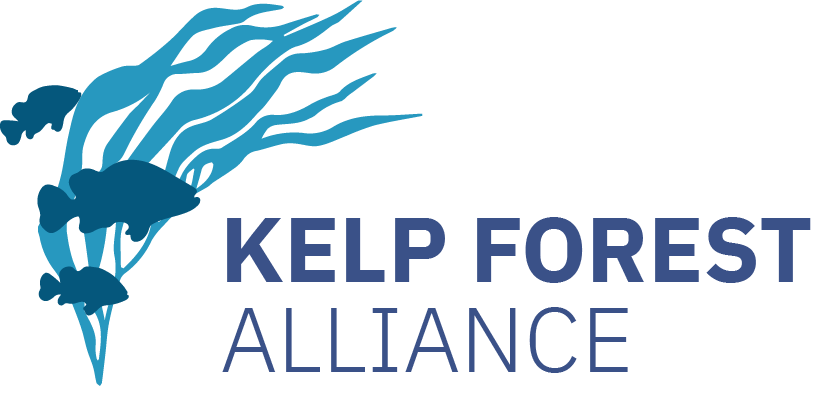Key takeaways
This nationally coordinated large-scale kelp forest restoration program was possible due to adequate support and financing.
This program provides standards for site selection, restoration methods, and project monitoring and evaluation.
Background
The Korean peninsula is bounded by three seas and has a long history as a maritime nation that harvests fish, invertebrates, and seaweeds. Kelps (incl. Ecklonia spp., Saccharina spp., Sargassum spp., Undaria spp.) are directly consumed and support other valuable marine fisheries in Korea. Declines in kelp forests have been mostly caused by sea urchin overgrazing along the east coast, while declines on the south coast and the island of Jeju are mainly due to coastal development and habitat loss. The area of deforestation increased rapidly in the 1990s; it is estimated that Korea now loses ~1200 ha of kelp forests per year 1. These losses are now monitored using aerial hyperspectral imaging and help provide a robust understanding of kelp populations in the country. Marine conservation efforts in Korea have historically been manipulative, and government-led efforts in the 1960s focused on marine ranching, installing structures in the ocean, and stocking them with commercially valuable fishes and invertebrates. Focus then shifted to restoration of kelp species and small-scale projects started in 2002. However, these projects failed to achieve their goals, and there was still public demand to address the loss of kelp forests across Korea.
The project
These initial attempts at restoration, coupled with a demand for action, led to the creation of the Korean government’s flagship marine afforestation program. The project, led by the Korean Fisheries Research Agency (FIRA), is the largest kelp forest restoration program in the world. Starting in 2009, the FIRA project runs until 2030 with a yearly budget of $29 million USD 2 and aims to restore 50,000 hectares of kelp forest. As of 2019, the project has already installed over 20,000 hectares at 173 sites 3. Initially, FIRA relied on protocols developed for projects earlier in the decade and used transplants or seeds on artificial reefs, often borrowing approaches from the aquaculture industry (e.g., seeded lines and working with cultured outplants). Aquaculture techniques have helped the project obtain larger scales of restoration than would be achievable using wild harvested kelp stocks. However, there were some protests related to the widespread use of artificial reefs, and they are now working on the best ways to restore forests on rocky reefs that once held kelp forests 4. The projects in Korea have been largely led by the federal government, but there has been considerable input from local universities, which research different restoration techniques, provide historical baselines and targets, and advise ongoing management efforts. For the foreseeable future, it appears that most kelp restoration work in Korea will occur under the FIRA marine afforestation program with input from university researchers.
The FIRA project has developed a systematic approach to selecting, installing, and monitoring restoration sites. Potential project sites are first identified and proposed by municipal and state groups and are informed by guidelines provided by FIRA and the Ministry of Oceans and Fisheries (MOF). These guidelines include consultation and support from local marine users (e.g., fishers), budget restrictions, site access, desirable ecological features, and synergies with other marine management strategies. Each year, sites are selected by committee and funds are distributed to enact the projects. After a project has been completed, FIRA conducts water surveys twice a year to monitor the kelp population, environmental parameters, and urchin numbers. If a project does not meet its goals, adjustments are made to try and facilitate project success (e.g., urchin removal, water clean-up, supplemental transplants). This process of monitoring and maintenance is carried out for four years; after this point, ownership of the project is transferred from FIRA to the local government group for continued care.
Lessons learned
The Korean government investment in kelp restoration is unique and has led to a large scale, systematic approach to restoration. This approach has been underpinned by financial and logistical support over two decades and has shown impressive results. Indeed, the project has restored tens of thousands of hectares and impressively done so at a cost of ~$12,000 USD per hectare, substantially lower than other active kelp restoration projects 5. While the project has achieved results, it has relied on using artificial reefs and is now investigating alternative methods to restoration. Monitoring of kelp populations has also revealed that not all projects are successful, and a greater understanding of the mechanisms that lead to project failure is required to address those problems.
Detailed information about the project history, site selection process, restoration methods, and monitoring plan can be found in a FIRA technical document entitled, “The Process for the Marine Forest Project” (translated copy available at www.kelpforestalliance.com/kelp-resources).
The FIRA project demonstrates that with the right policy mechanisms, incentives, and funding streams, kelp forest restoration is achievable at large scales and relatively low costs. While the specifics will vary region to region, this project serves as a good model of a coordinated and long-term approach to kelp forest restoration.
Sufficient and consistent financing can enable sustained and large-scale kelp forest restoration.
Working with cultured stocks of kelp can help alleviate pressures on wild stocks and increase the amount of material to be restored.
A national framework for restoration can connect multiple projects across the country and ensure they are conducted and evaluated in a consistent manner.
Collaborations between government, resource users, and universities can create projects that meet multiple goals, are well funded, and have access to the latest research.
References
6 Eger, A., Marzinelli, E., Christie, H., Fujita, D., Hong, S., Kim, J.H., Liee, L.C., McHugh, T., Nishihara, G.N., Vasquez, A.P.G., 2021. Global Kelp Forest Restoration: Past lessons, status, and future goals.
7FIRA, 2020. Statistics of artificial reefs in Korea (1971~2018).
8 Lee, S.-G., 2019. Marine Stock Enhancement, Restocking, and Sea Ranching in Korea, in: Wildlife Management - Failures, Successes and Prospects. IntechOpen. https://doi.org/10.5772/intechopen.78373
9 Sondak, C.F.A., Chung, I.K., 2015. Potential blue carbon from coastal ecosystems in the Republic of Korea. Ocean Sci. J. 50, 1–8. https://doi.org/10.1007/s12601-015-0001-9
10 Yang, K.M., Jeon, B.H., Lee, D.S., Ko, Y.W., Kim, J.H., 2019. Recovery of kelp forest: two case studies in Korea., in: 23rd International Seaweed Symposium, Jeju, Korea.
Installation and monitoring of artificial an reef. Photos provided by the authors.
Installation and monitoring of artificial an reef. Photos provided by the authors.






